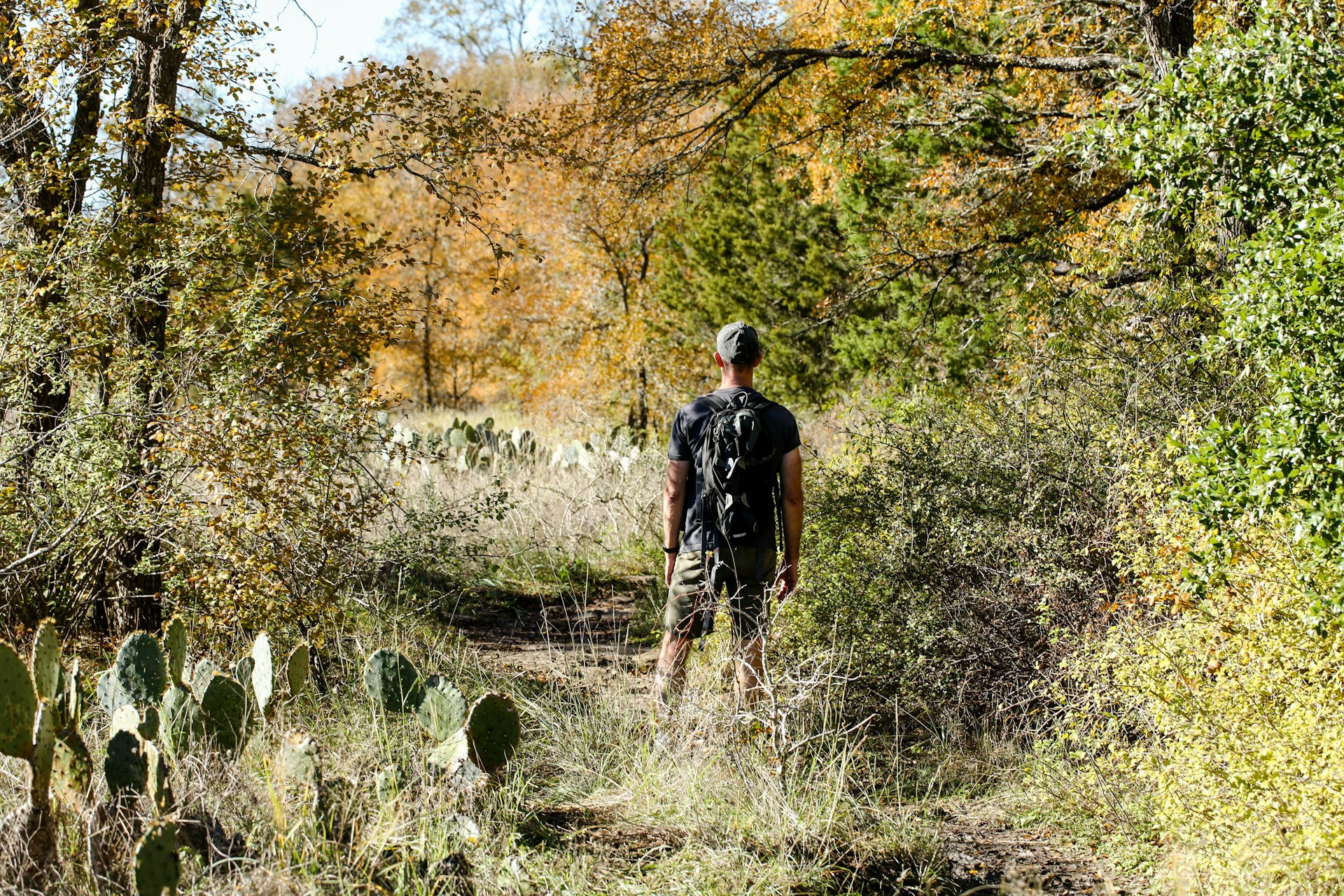One of the most appealing parts of giant Texas, the Hill Country offers travelers a break from life’s daily grind with loads of wineries, rivers for floating, endless trails to hike and live music around every corner.
Sprawling across 31,000 sq miles (80,290 sq km) of gently rolling hills, the region abounds with small towns and wide-open spaces meant for exploring. As you head west from Austin, the state capital that’s an increasingly world-class metropolis, you’ll arrive at charming towns such as Marble Falls, Blanco, Wimberley, Fredericksburg, Dripping Springs, Johnson City and more. These towns have small populations, sure – but they’re large on Texas spirit.
And Texas spirits, as well: distilleries and wineries dot the roads here. You’ll also find a lively art scene; restaurants both casual and refined; and cool swimming holes, miles of nature trails and dazzling night skies you won’t find in the big city.
When you venture to the Hill Country, you’ll discover why it’s so popular with Texans and outsiders alike.
When should I go to the Texas Hill Country?
March through May are great months to visit, as colorful wildflowers – including Texas’ state flower, the bluebonnet – come into bloom throughout the rolling hills. This is also when you can sample Hill Country wines in the area on the Wine and Wildflower Journey. The weather in spring is mild, with average temperatures around 60–85°F (15.5–29°C).
In June through August, the height of summer, temperatures can reach into the triple digits Fahrenheit. Even amid the sweltering weather, this is the Hill Country’s high season, as visitors arrive to enjoy the region’s rivers and lakes for floating, paddling and swimming. Fall is a great time to visit as well, as the summer crowds retreat and pleasant temperatures prevail.
In the winter, the weather is generally mild enough to spend time outdoors golfing, hiking and touring wineries. Yet winter also does bring the occasional freeze, along with ice and snow. Toward the end of the year, small towns across the Hill Country twinkle with Christmas lights as they celebrate the holidays.

How long should I spend in the Texas Hill Country?
Most people tackle the Hill Country on a three-day jaunt, wandering from town to town for wildflower views, winery visits and outdoor pursuits. I suggest three or four days – perhaps a long weekend – to experience it all.
If you only have three days, spend some time exploring the town of Fredericksburg and the surrounding area. Start with a stroll through downtown, shopping on Main St and in the Warehouse District for home decor, clothing, furniture, pottery and souvenirs. Grab dinner at Vaudeville, where elevated options include Akaushi beef with Parmesan polenta, and yellowfin tuna with a ginger broth.
Saturday, fuel up for the day with a German breakfast (Texas has lots of German heritage) at Old German Bakery & Restaurant before heading out to area wineries. Beautiful Signor Vineyards has a wine barn, patio, sprawling lawn and market, while Pontotoc Vineyard Weingarten, which occupies an adorable cottage on Main St, is a must-see. Rest up at Inn on Barons Creek, where shuttle rides for the 290 Wine Trail commence, before heading home on Sunday.
If you can add a couple more days onto your trip, consider exploring other Hill Country towns such as Johnson City, Blanco, Marble Falls, Dripping Springs, Kerrville or Boerne, which together offer plenty of downtown squares, country hikes and cool waters to enjoy.
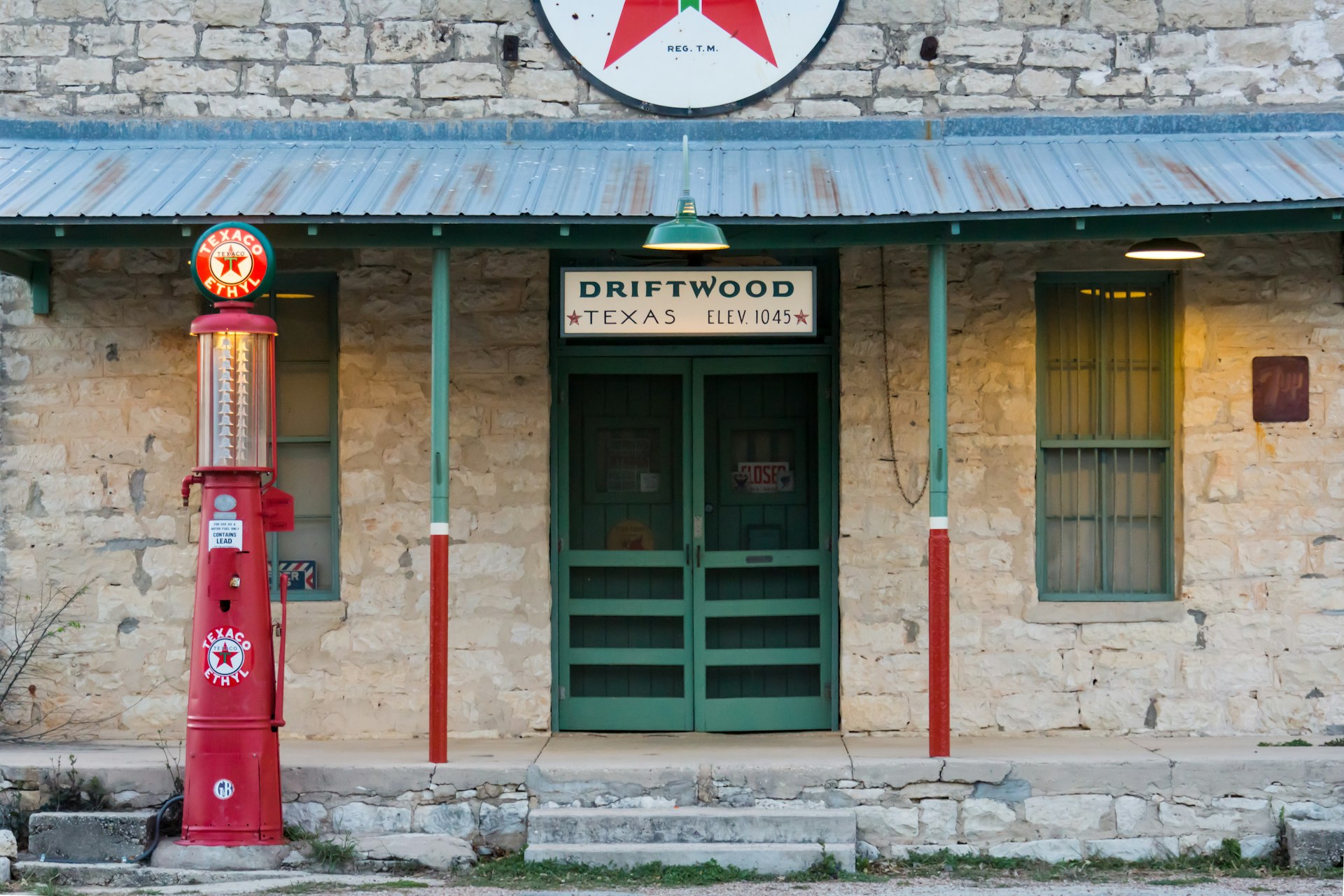
Is it easy to get in and around the Texas Hill Country?
It’s easy to access the Hill Country from the international airports in Austin or San Antonio. Once you arrive, renting a car is your best bet for exploring a region without great public-transport options. If you don’t want to drive yourself, you can use rideshare companies to get you to and around the Hill Country, though you’ll pay a premium for this.
For those looking to visit area wineries, the 290 Wine Shuttle is a safe and reliable option. On Saturdays, the shuttle picks up and drops off at 19 wineries and distilleries every 15 minutes from 10am to 6pm; hop on and off as you wish throughout the day. Friday and Sunday shuttles are available as well, though these days include stops at “only” 12 wineries.
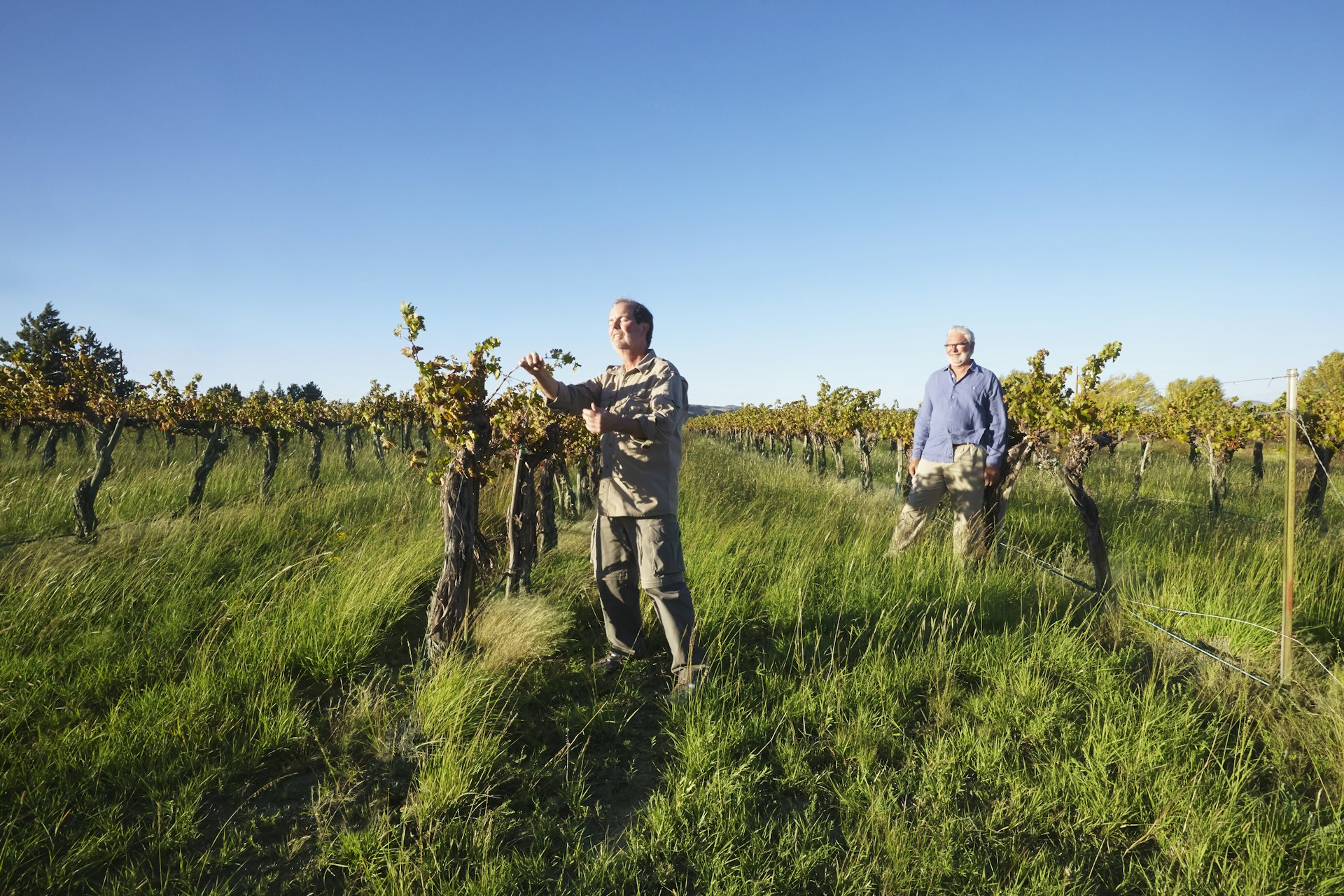
Top things to do in the Texas Hill Country
Be surprised by Texas wine
A warm climate almost all year long – similar to those in northern Spain and southern France – means great conditions for growing grapes. Indeed, Texas wine production has ramped up tremendously within the past 20 years – and Texas is today the third largest American Viticultural Area (AVA) in the country. Winemakers are working to refine their craft with each crop, growing tempranillo, sangiovese, viognier, syrah, roussanne and other varietals that have taken well to the soil here.
Vineyards and wineries throughout the Hill Country welcome visitors for tastings, private events and lazy weekend sipping. Wedding Oak Winery in San Saba offers 100% Texas-grown wines on its patio and terrace, as does Duchman Family Winery in Driftwood, together with charcuterie boards, pizzas and light bites. In Hye, Ron Yates Wines offers Spanish-, Italian- and Rhône-style wines at a tasting pavilion that’s open seven days a week. Slate Theory Winery in Fredericksburg has an awesome underground cellar for tastings (reservations required), plus a tasting room open to the public. In Stonewall, Pedernales Cellars has a beautiful deck with Hill Country views, and in Johnson City, Lewis Wines sits on 100 acres and offers tastings, tours and fun events.
The website Texas Hill Country Wineries has loads of information, including a winery map and event happenings. While planning, be sure to make reservations for wineries that require them, and be sure to bring snacks, as not all stops have food. The 290 Wine Shuttle will get you to and from many wineries in the area.
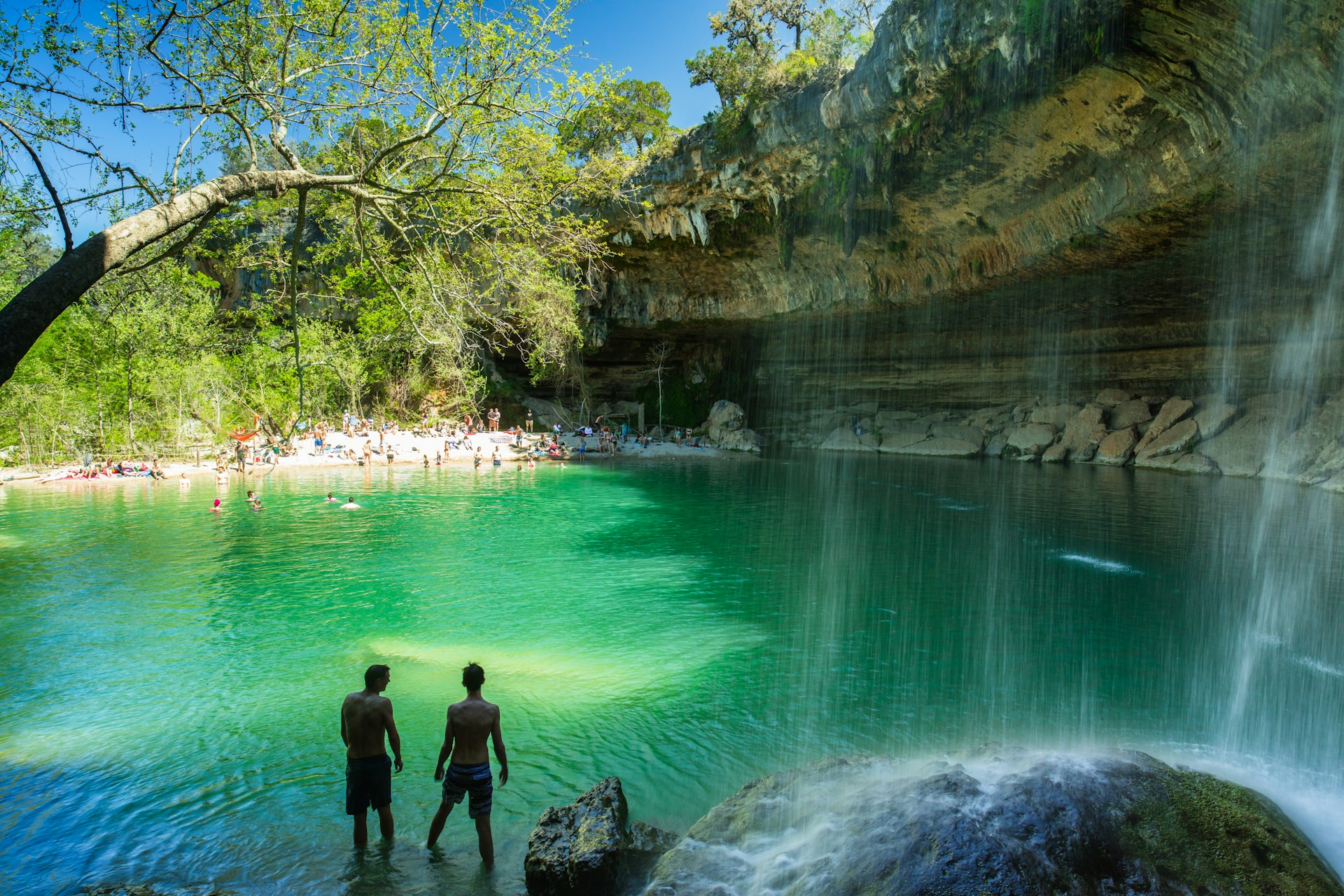
Immerse yourself in nature
The Hill Country is full of places to unplug and unwind. Refreshing rivers weave throughout the region. Natural pools and springs dot the terrain. And numerous state parks offer camping, horseback riding, hiking and stargazing, including Pedernales Falls State Park, Inks Lake State Park and Longhorn Cavern State Park, which also has caves for exploring.
In Garner State Park, access the Frio River for floating, or check out the Guadalupe, Comal or San Marcos Rivers for additional float spots. Hamilton Pool is a natural swimming hole surrounded by a canyon and waterfall (reservations required), while the Blue Hole in Wimberley is a gorgeous natural swimming area fed by the blue-hued Cypress Creek (reservations required to swim). The privately owned Krause Springs has swimming areas, campsites and a butterfly garden that are all open to the public. Perfect for families, the Cibolo Center for Conservation has children’s activities, family night hikes and birding workshops. During spring, stop by Wildseed Farms, a 200-acre working wildflower farm that bursts with colors, and which also has a vineyard, beer garden, walking trail and more.
Go on a barbecue adventure
Between outdoor pursuits and wine adventures, you’ll work up quite an appetite. Happily, Lockhart is the “official barbecue capital” of this grilling-mad state. Stop by Kreuz Market, Smitty’s Market or Black’s Barbecue for mouthwatering brisket, ribs, sausage and all the sides (think potato salad, coleslaw and pinto beans) you can handle.
Lots of barbecue joints are upping their game these days to cater to the craft-barbecue crowd, which means you can expect elevated side dishes, creative cocktails and global flavors infusing Texas classics. Eaker Barbecue in Fredericksburg serves gochujang pork ribs and kimchi fried rice, along with traditional barbecue offerings. Brotherton’s Black Iron Barbecue in Pflugerville cranks out brisket boudin links and Texas banh mi sandwiches made with its spectacular brisket, while Louie Mueller Barbecue in Taylor delivers with dino beef ribs among other tasty classics. In San Marcos, Hays Co Bar-B-Que pairs pork belly, brisket, pork chops, sausage and other meats with sides like Hatch-green-chile mac ‘n’ cheese and jalapeño creamed corn.
My favorite things to do in the Texas Hill Country? A little of everything
I love starting the morning off with a hike uphill at Enchanted Rock State Park: admiring views of the Hill Country landscape from the pink granite dome, and all the wildflowers and cactus along the way. For lunch, I love a massive juicy burger with onion rings and a frozen margarita at Alamo Springs Cafe, in between Fredericksburg and Comfort. I might stop in at a couple of the wineries along nearby Hwy 290 – and never miss a stop at Luckenbach, where there’s live music almost every day.
For overnight stays, I love Camp Lucy in Dripping Springs, which has colorful decor, modern amenities, a relaxed atmosphere and a fabulous on-site New American restaurant, Tillie’s. For a health-focused stay with a heavy dose of zen, I like Lake Austin Spa Resort, which has soothing rooms and a full calendar of activities, with everything from hydrobiking, kickboxing and tai chi to cocktail classes.
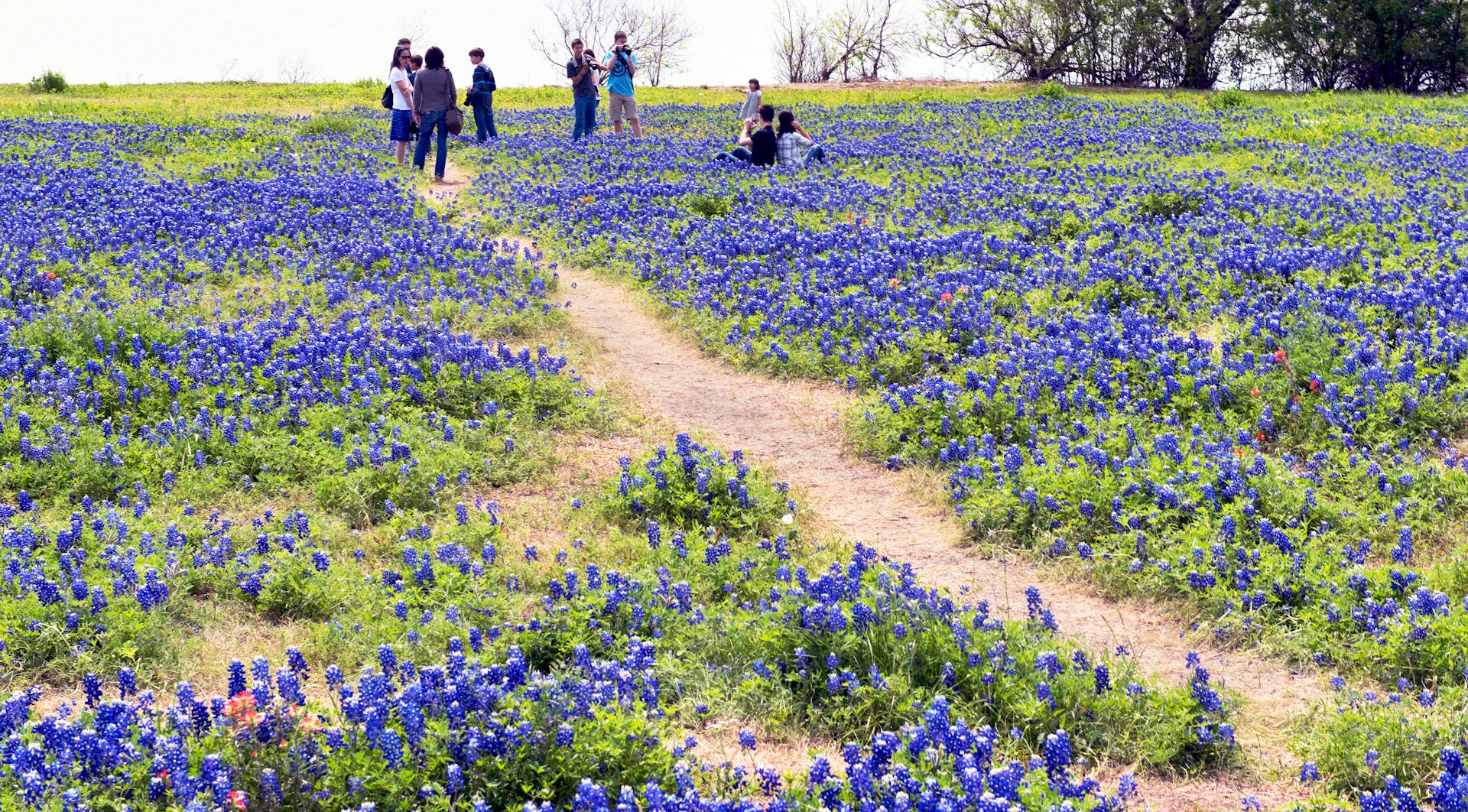
How much money do I need for a trip in the Texas Hill Country?
A trip to the Texas Hill Country can range from affordable to expensive, depending on where you stay; spending on meals and shopping; and how far and wide you plan to drive. There are lots of inns, hotels, bed-and-breakfasts and vacation rentals in the area, ranging from budget prices around $60 a night to upward of $500 a night. Plan on spending around $50 to $150 per person, per day for meals.
A guide to average daily costs in Texas Hill Country
- Lunch for two: $40
- Mid-range dinner for two: $60
- Basic room for two: $150–200 per night
- Average Airbnb: $200 per night
- Glass of wine: $10
- Winery tour and tasting: $15
